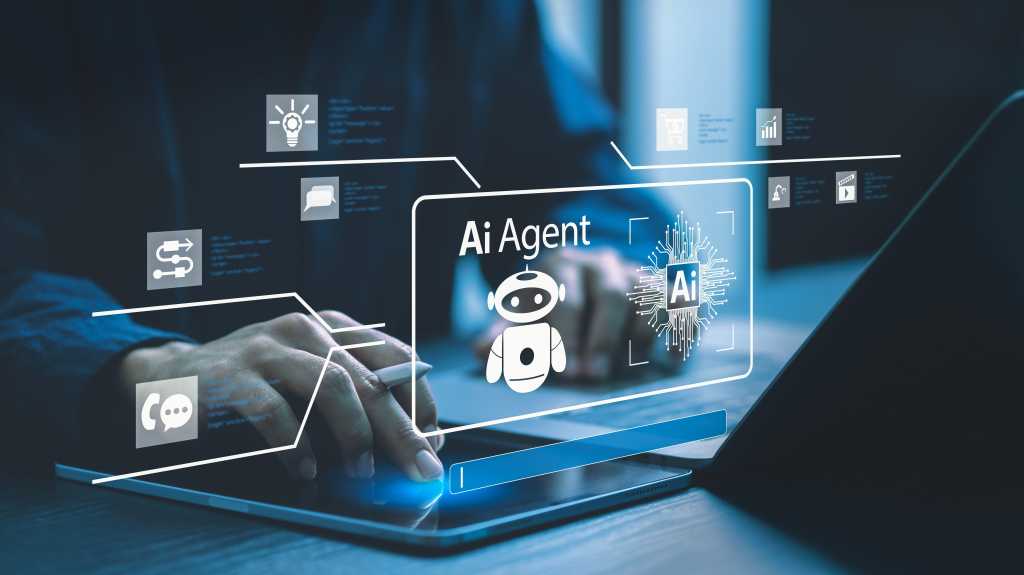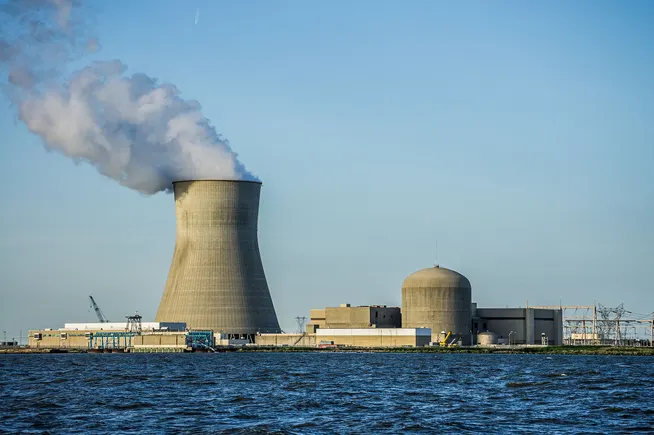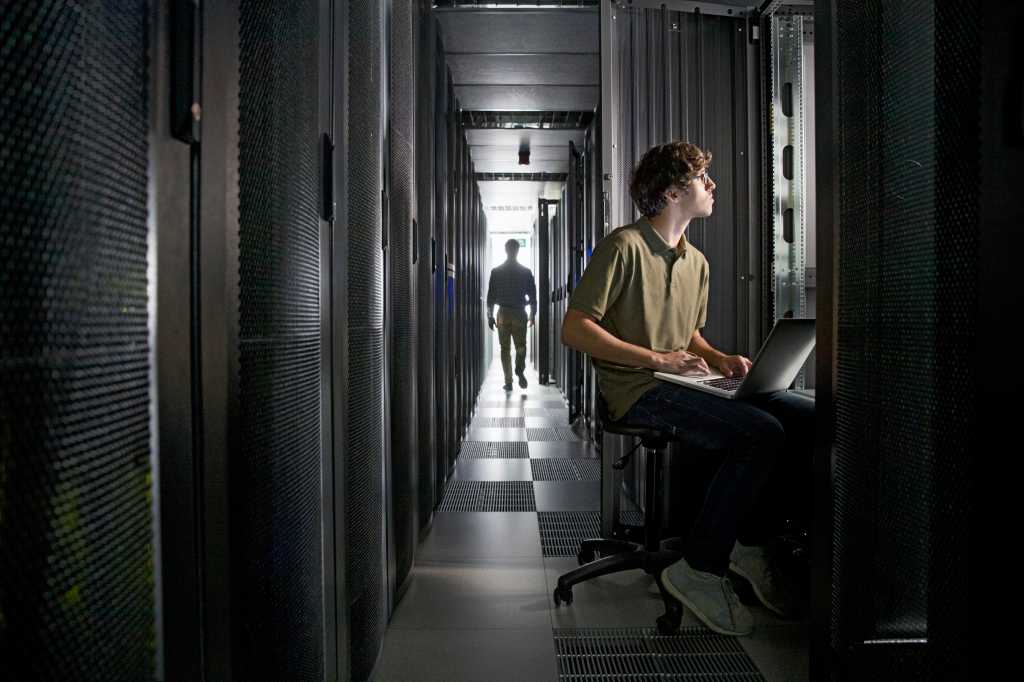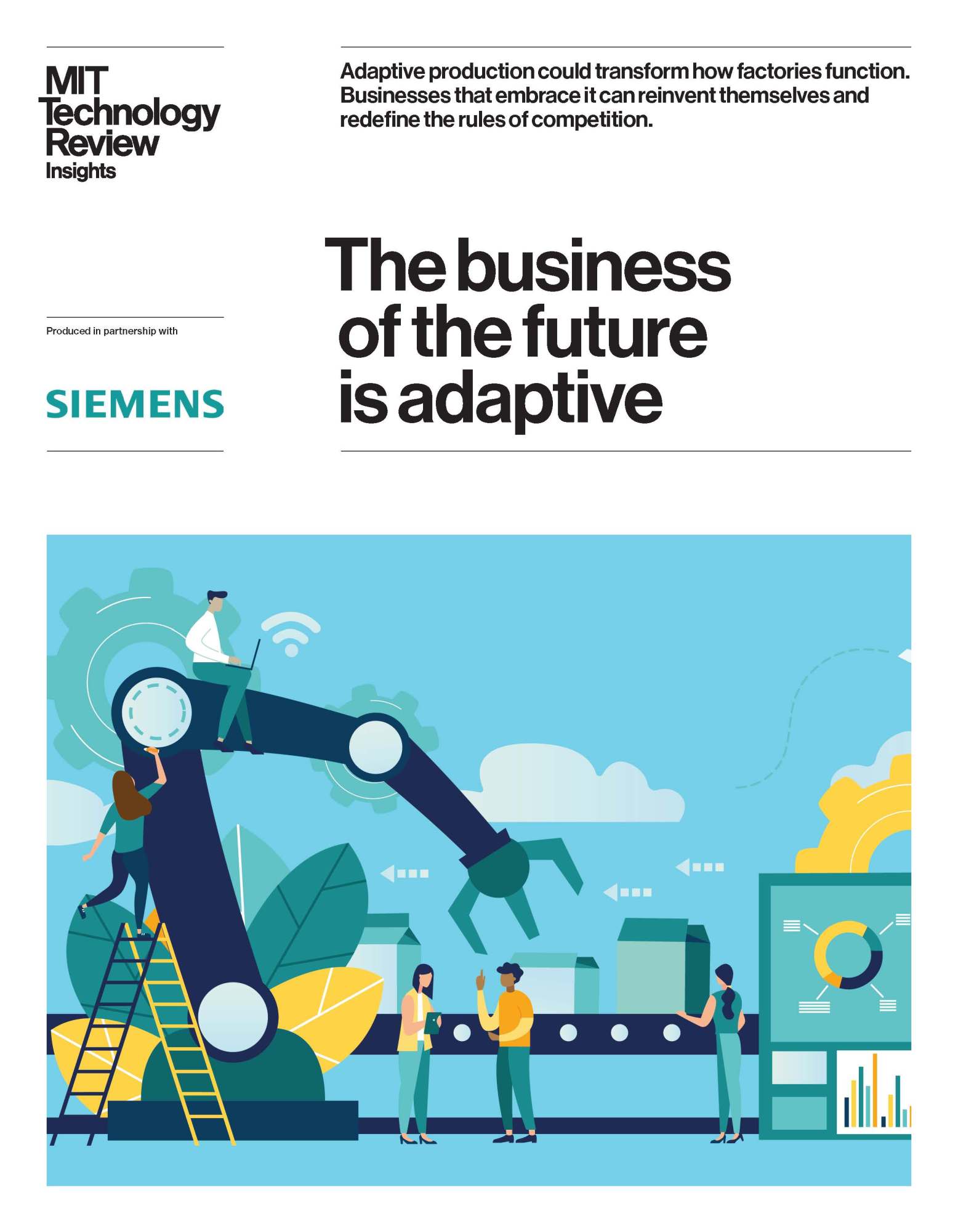
By having a governing platform in place, enterprises will be able to achieve better results with their AI agents and AI initiatives, industry watchers say. “By 2028, enterprises using AI governance platforms will achieve 30% higher customer trust ratings and 25% better regulatory compliance scores than their competitors,” according to Gartner.
With AI Control Tower, AI agents are not just assistants, but “an extension of your team” where you can delegate work, Zilbershot explained. She said that ServiceNow is enabling thousands of ready-to-work AI agents trained to solve problems, accelerate decisions, and deliver outcomes across different functions and workflows.
AI Control Tower works with the ServiceNow AI Platform to help customers monitor and manage AI agents in one place, applying consistent policies across the environment. The governance platform will also help enterprises proactively manage risk, including security and privacy, and monitor compliance across the AI lifecycle with integrated governance, risk, and compliance (GRC) policies, ServiceNow says. The platform also provides dashboards to offer operational insights to enterprise IT teams as well as validate AI performance against business outcomes and productivity. AI Control Tower, ServiceNow says, will help enterprise customers better match their AI initiatives with business and technology goals.





















